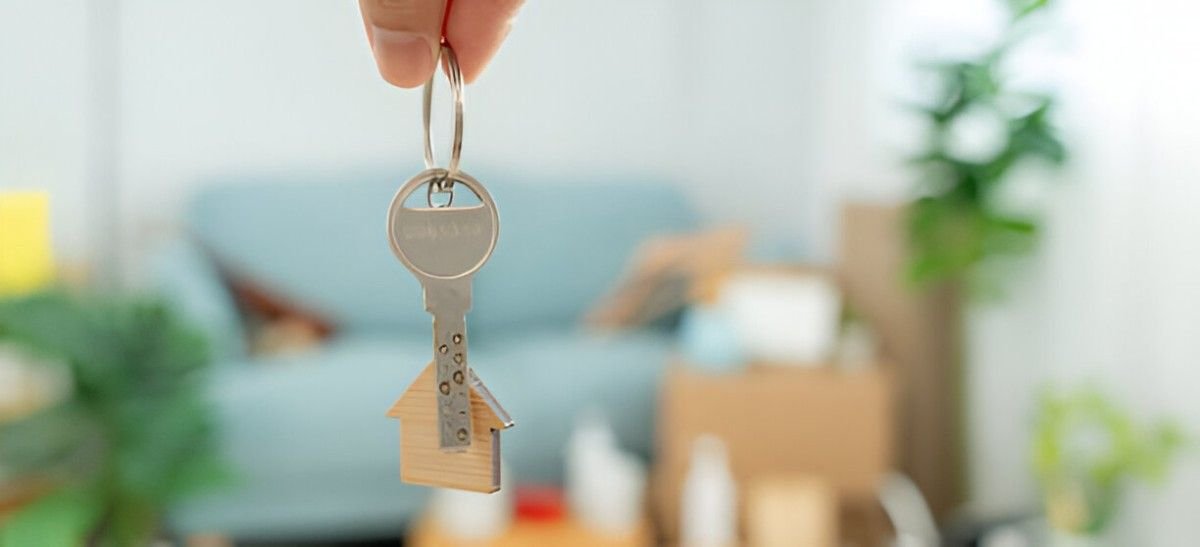Leasehold Investment Analysis
Risks, Rewards, and Legal Framework1. Freehold vs. Leasehold: Defining Property Tenure
Understanding whether a property is held freehold or leasehold is the critical first step for any property investment. Leasehold ownership involves owning the right to occupy and use a property for a fixed period (the term of the lease), after which ownership reverts to the freeholder (landlord).
Key Differences in Property Tenure
| Feature | Freehold | Leasehold |
|---|---|---|
| Ownership Type | Absolute (Land & Building) | Temporary (Right to occupy for a term) |
| Term | Perpetual | Fixed (e.g., 99, 125, or 999 years) |
| Annual Costs | Local Taxes only | Ground Rent, Service Charges, Insurance |
Ground Rent
A fee paid annually to the freeholder for the land itself. Often fixed, but sometimes subject to reviews that can drastically increase costs.
Service Charge
Fees paid by leaseholders to the freeholder or management company for building maintenance, repairs, and communal area upkeep.
Enfranchisement
The legal process by which qualified leaseholders can collectively purchase the freehold (become co-owners of the land/building).
2. Rewards and the Investment Case for Leasehold
Leasehold properties, particularly apartments and flats, dominate urban markets and offer distinct advantages for investors focused on rental yield and specific asset types.
Leasehold Investment Snapshot
Key Rewards (Pros)
- **Lower Entry Price:** Often 10-20% cheaper than equivalent freehold houses.
- **Simplified Maintenance:** Major repairs (roof, structure) handled by the freeholder/management.
- **Urban Access:** Most centrally located properties (flats) are leasehold.
Key Risks (Cons)
- **Tenure Decay:** Property value drops rapidly below 80 years.
- **Uncertain Service Costs:** Unexpected repair bills passed on via service charges.
- **Lack of Control:** Cannot make structural changes without landlord permission.
Core Income Streams
Critical Lease Term (Years)
Max Lease Term (Years)
3. The Critical Risk: Lease Decay and Valuation
The most significant risk is the automatic depreciation of the lease term. The property's value is directly tied to the number of years remaining, falling precipitously as the lease approaches expiration.
Leasehold Value vs. Remaining Term
The point at which a lease falls below 80 years remaining is often referred to as the **"Marriage Value"** threshold. Below this point, the cost of extending the lease increases significantly because the freeholder is entitled to a share of the extra value created by the extension.
4. Legal Rights: Lease Extension and Enfranchisement
The law grants eligible leaseholders crucial rights to protect their investment, primarily through the Leasehold Reform, Housing and Urban Development Act 1993.
Statutory Lease Extension Process Flow
The right for tenants in a block of flats to join together to buy the freehold of the entire building, giving them control over management and costs.
- **Requirement:** At least two-thirds of the flats must be held by qualifying tenants.
The statutory right for leaseholders to take over the management functions of their building from the landlord, without buying the freehold.
- **Benefit:** Allows control over service charges and contractors, improving efficiency.
5. Managing Variable Costs: Service Charges and Sinking Funds
The Financial Relationship Dynamic
FREEHOLDER (Landlord)
Primary Goal: Maximize residual value and Ground Rent income.
LEASEHOLDER (Investor)
Primary Goal: Maximize rental yield and minimize service costs.
Venn Diagram of Leasehold Financial Risk
6. Historical Context and Future Law Reform
Key Milestones in Leasehold Legislation
1967: Initial Leasehold Reform Act
First major legislation granting certain leaseholders the right to extend their lease or buy the freehold.
1993: Major Overhaul & Collective Rights
Introduced the right to a statutory 90-year lease extension and Collective Enfranchisement.
2002: Right to Manage (RTM) Introduced
Made it easier for leaseholders to take control of their building's management.
7. The Investment Checklist: Mitigating Leasehold Risk
For a leasehold property to be a good investment, the potential investor must perform extensive due diligence on these four factors:
- **Lease Length:** Should be **over 90 years**. If below 85 years, budget for an immediate extension.
- **Ground Rent:** Must be a fixed or non-escalating term. Avoid leases with doubling ground rents (highly problematic for mortgages).
- **Service Charges:** Scrutinize past service charges and check if a sufficient **sinking fund** (reserve fund for major works) is in place.
- **Management Quality:** Assess the professionalism and responsiveness of the managing agent and freeholder.





